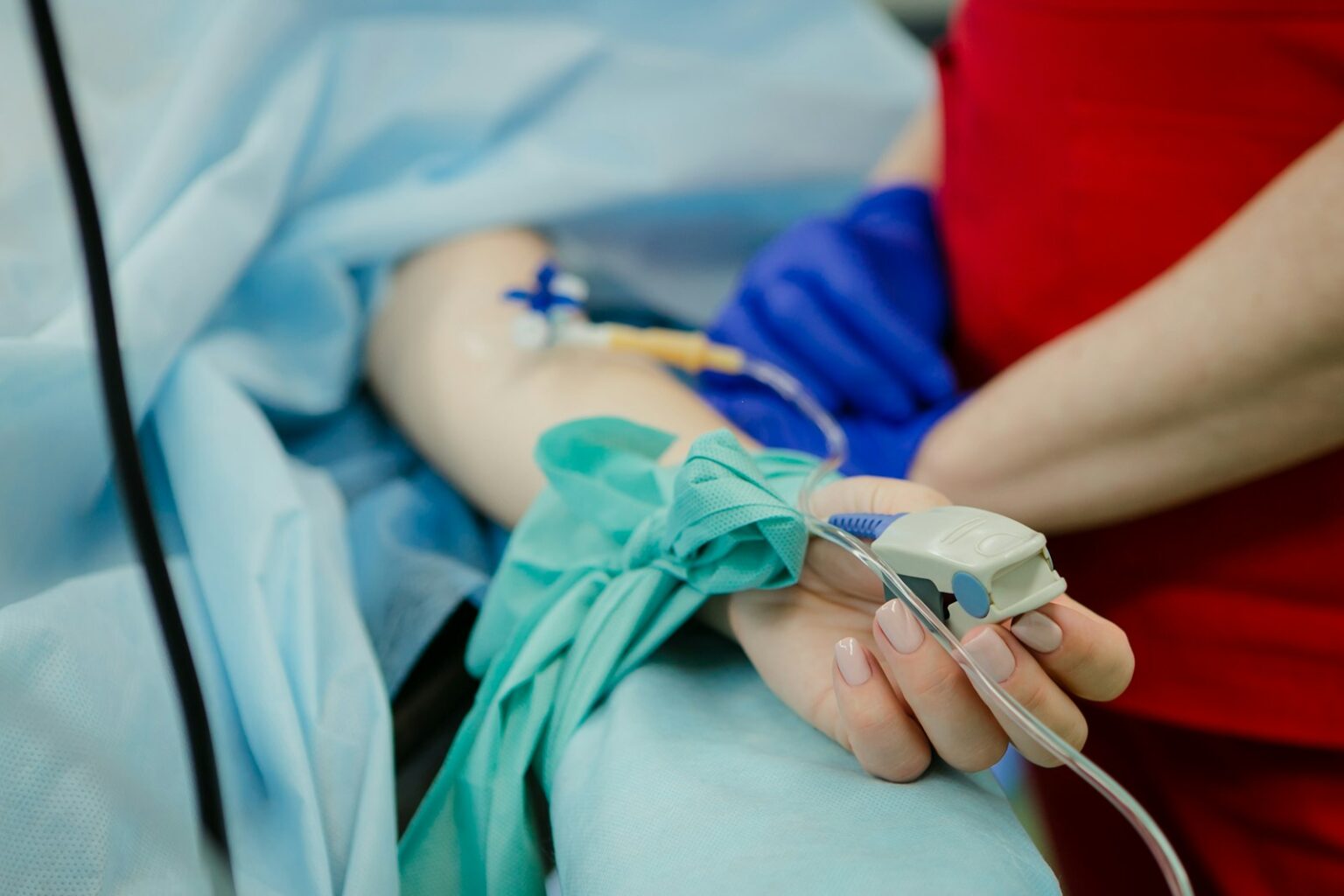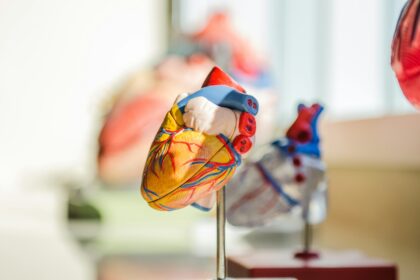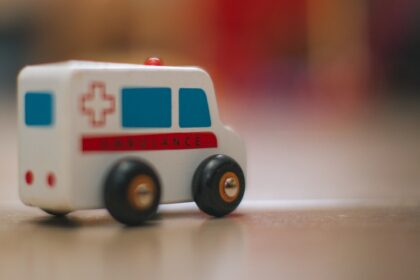The following are a some of the most typical medical emergencies that individuals encounter:
Bleeding
Respiratory Difficulties
Sudden Collapse
Fit and/or epileptic seizure
Severe Pain
Heart Attack
Stroke
Bleeding
In addition to visible bleeding from cuts and wounds, severe injuries can also result in invisible internal bleeding.
Not every bleeding occurrence requires immediate medical attention; in many cases, first aid can be administered at home with the help of a chemist or general practitioner.
However, you have to get medical attention right away if:
a. Even after administering first assistance care, the bleeding persists and you are helpless.
b. Something can be seen inside the wound, or it looks to be quite deep.
c. Bone or tissue is seen.
d. When there is significant blood loss, the victim may start to feel sick, look pale, have lightheadedness, and in rare situations, lose consciousness. If this occurs, you need to get medical help right away. Respiratory Difficulties
There are several reasons why someone might experience breathing issues. For instance, colds or coughs, asthma episodes, and allergic reactions (anaphylaxis).
Breathlessness can happen when exercising or engaging in physical activity, but if it strikes suddenly or without warning, it may be a red flag.
A person experiencing breathing problems may exhibit some or all of the following symptoms:
a. Experiencing discomfort from deep breathing or a constricted chest
b. Being out of breath or having trouble breathing
c. Shallower or quicker breathing than usual
d. Breathing that is noisy, such as a wheeze, gasp, or whistle An individual who is having trouble breathing may become anxious, which can worsen their breathing.
If at all possible, it’s crucial to attempt to maintain composure.
Call 111 or 999 for medical assistance if you are concerned about someone’s breathing, or take them to A&E if it is safe to do so.
Sudden Collapse
It’s likely that someone who has fallen may require medical attention. This is due to the possibility that their breathing or consciousness may be impacted.
A medical practitioner will need to evaluate any of the many medical conditions that could be causing someone to collapse.
Call 999 for immediate medical assistance if someone has lost consciousness and is not breathing.
When it’s safe to do so, you can place someone who has lost consciousness but doesn’t seem to be having any breathing problems in the recovery position until aid arrives. 999 should still be called.
Before you approach someone who has fallen, you should always make sure it is safe to do so. Ask for assistance and guidance if it’s not safe.
Fit and/or epileptic seizure
Not everyone with epilepsy has fits and seizures; some people with the illness can also have them.
Uncontrollably jerking, twitching, or shaking part or all of the body can occur during a fit or seizure.
Another type of seizure or fit may entail very little or no movement of the limbs, and the affected person may seem to be staring into space. A person in this circumstance is likely to remain silent when talked to.
It’s crucial to keep in mind that, unless the person is in danger, you shouldn’t try to move them or stop them from shaking when they are experiencing a fit or seizure.
It’s critical that someone get medical assistance following a fit or seizure. If a person has a history of fits or seizures, they might have a medical plan in place that outlines what has to happen following the fit.
But if someone passes out, if the fit or seizure lasts more than five minutes, if the person has never experienced a fit or seizure before, if the person has hurt themself during the fit or seizure, or if you are unclear or worried, you should phone 999.
Severe Pain
Depending on their pain threshold, each person experiences pain differently. Everybody gets aches and pains occasionally.
Pain might start out slowly and build up over time. Injury or disease can result in pain.
Severe pain is sometimes more acute and can often make it impossible for a person to go about their everyday routines.
One can utilise pain relievers to lessen their level of discomfort, but they must be taken as directed by a doctor.
Getting someone evaluated is crucial if they have been injured and are experiencing excruciating pain. Depending on the injury, a walk-in clinic or your general practitioner may handle this.
It would be advantageous to take them to A&E if the injury is severe. Consult 111, a chemist, your general practitioner or, in extreme circumstances, A&E for advice if the pain is caused by sickness.
Heart Attack
A heart attack is a potentially fatal medical emergency in which the heart’s blood supply is abruptly cut off.
Although they happen more frequently in adults, heart attacks can also strike children and teenagers.
It is imperative that you notify the emergency services (999) right away if you believe someone is experiencing a heart attack.
Some of the following symptoms could be experienced by someone who is suffering a heart attack:
Chest pain that feels like it’s pressing, tightening, or squeezing in the middle
ache that radiates from the chest down the left arm. Sometimes the neck, jaw, back, stomach, and both arms can be impacted.
Breathing issues or shortness of breath – wheeze or coughing.
Experiencing or being ill
Feeling lightheaded or vertigo
Perspiration
Overwhelming fear or pessimism
While intense chest pain is one of the most common indicators that someone may be suffering a heart attack, some people just experience discomfort that resembles indigestion rather than severe agony.
Women, the elderly, and those with diabetes are more likely to experience this.
Stroke
A stroke is a dangerous, perhaps fatal medical illness that develops when part of the brain’s blood supply is severed.
A brain bleed or blood clot may be the cause of this.
For someone who is having or has had a stroke, time is of the essence. The chance of long-term harm decreases with the promptness of emergency medical care.
It’s critical that you notify 999 right away if you believe someone is experiencing or has recently experienced a stroke.
Since time is of the essence in this scenario, the acronym FAST might help you recall the key indicators to watch out for:
F = Face
Has their appearance changed? Can they even smile? Has one side of their face fallen in? The area surrounding the mouth and eyes will be most affected by this.
A = Arms
Is the individual able to raise and maintain both arms? Someone who appears to have had a stroke may have numbness or paralysis in one arm.
S = Speech
Has the way they speak changed? Has it started to slur? Is what they’re saying coherent? Can they communicate at all? Do they react appropriately and are they able to comprehend what you are saying to them?
T is for time.
It’s critical to call 999 right away if you suspect someone is having a stroke or observe any of these signs in someone else.








